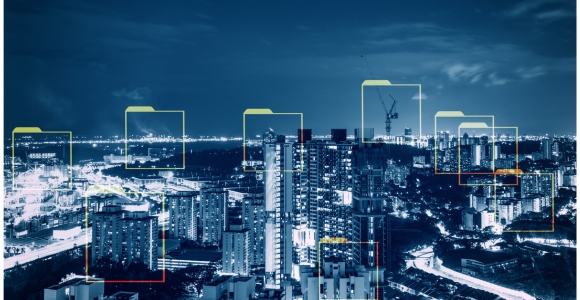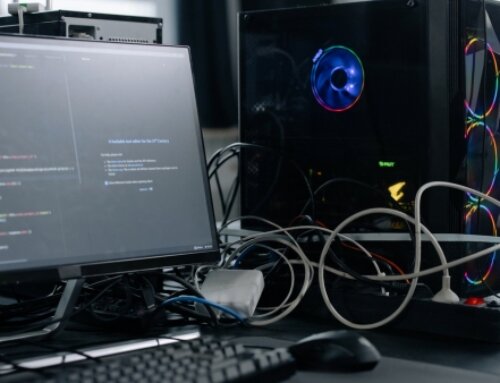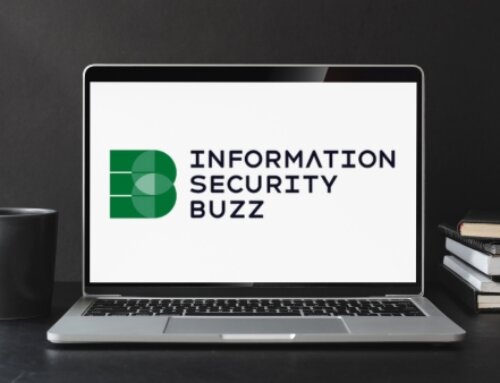Businesses in today’s digital world are dependent on new technology to keep their operations running smoothly and securely. When applications are unavailable, revenue and reputation suffer. Resilient applications can bounce back from setbacks, adjust to shifting situations and continue to offer services to users under challenging circumstances. Where businesses used to rely on data backup centers, they now have varying layers to consider when modernizing legacy applications and implementing software customizations.
Businesses looking to build and maintain resilient applications should consider these five key strategies:
- Deep Dive into Best Practices: Continuous metric review, reporting, and analysis push for a proactive approach to application modernization and maintenance. While adhering to these best practices is fundamental, it’s equally important to understand the nuances associated with their implementation. To keep up, businesses must perform tasks such as regular updates, proactive bug fixes and thorough monitoring. These are just the tip of the iceberg. Third-party support can be instrumental in maintaining consistent and secure applications. For more information on Digital Transformation Best Practices read our blog here.
- Embracing Agile and DevOps Principles: Incorporating Agile and DevOps principles into application maintenance workflows can significantly enhance overall resilience. Agile planning continuously makes adjustments with new information throughout the lifetime of the project. This methodology promotes iterative development and rapid response to changing requirements, enabling teams to adapt quickly to evolving challenges with better workflow. For a successful transition to Agile and DevOps Principles, it is important to maintain full leadership buy-in and invest in automation and collaboration tools.
- Automation and AI-Powered Predictive Maintenance: The most efficient way to remain agile is through automation. By driving repeatable, predictable outcomes and improving business responsiveness and resilience, automation will deliver trusted outcomes while lowering operational costs and freeing important resources. Over the past few years, automation has become a trusted industry practice. Artificial intelligence(AI) on the other hand promises predictive maintenance and resilience enhancements, but with new technology comes new challenges. Data quality issues, algorithm bias and ethical concerns are a handful of drawbacks organizations may encounter when implementing AI-driven maintenance strategies. Through investing in data governance, transparency and responsible AI practices, organizations can utilize the power of AI and automation while mitigating potential risks.
- Balancing Security and Compliance in Maintenance Workflows: Ensuring the resilience of applications goes in hand with prioritizing security and compliance considerations. However, navigating evolving threats and regulatory issues can be daunting for many organizations. Businesses must implement a thorough security framework tailored to their specific industry and regulatory requirements. Verinext offers an affordable and custom experience, from patch management to data encryption and so much more. See all of Verinext’s offerings.
- “Future-proofing” Maintenance Strategies: All organizations aim to “future-proof” their maintenance strategies but it is important to stay flexible as emerging trends and technologies take shape. Technological innovation will only continue to pick up speed. From edge and quantum computing to blockchain and decentralized applications, all of these technologies were a wild idea at one point in time. Emerging technologies hold promise for transforming application support and maintenance. By actively monitoring these trends and experimenting with pilot projects, organizations can position themselves as innovators in the field and gain a competitive edge in the market.
When building, or finding a company to build your applications, ensure the application is multifaceted, scalable and secure. Prioritizing strategy-led innovation and by incorporating these five key strategies, organizations will be set up to create their resilient application support and ease of maintenance.
If you are looking for a team of infrastructure architecture and engineering experts to bring your technology goals to life, Verinext has decades of experience in helping companies shift to new business models, future-proof processes and innovate to stay ahead of the competition. Using strategy-led innovation, we will help you automate time-consuming processes, improve software supply chains, engage customers with better experiences, comply with new regulations and so much more. We promise that, through our human-centered innovation, we will deliver transformation with confidence. Learn More
Related Posts:
The Ins and Outs of IT Self-Service
Adapting Your Cyber Security Defenses: Tips for the Modern Business






